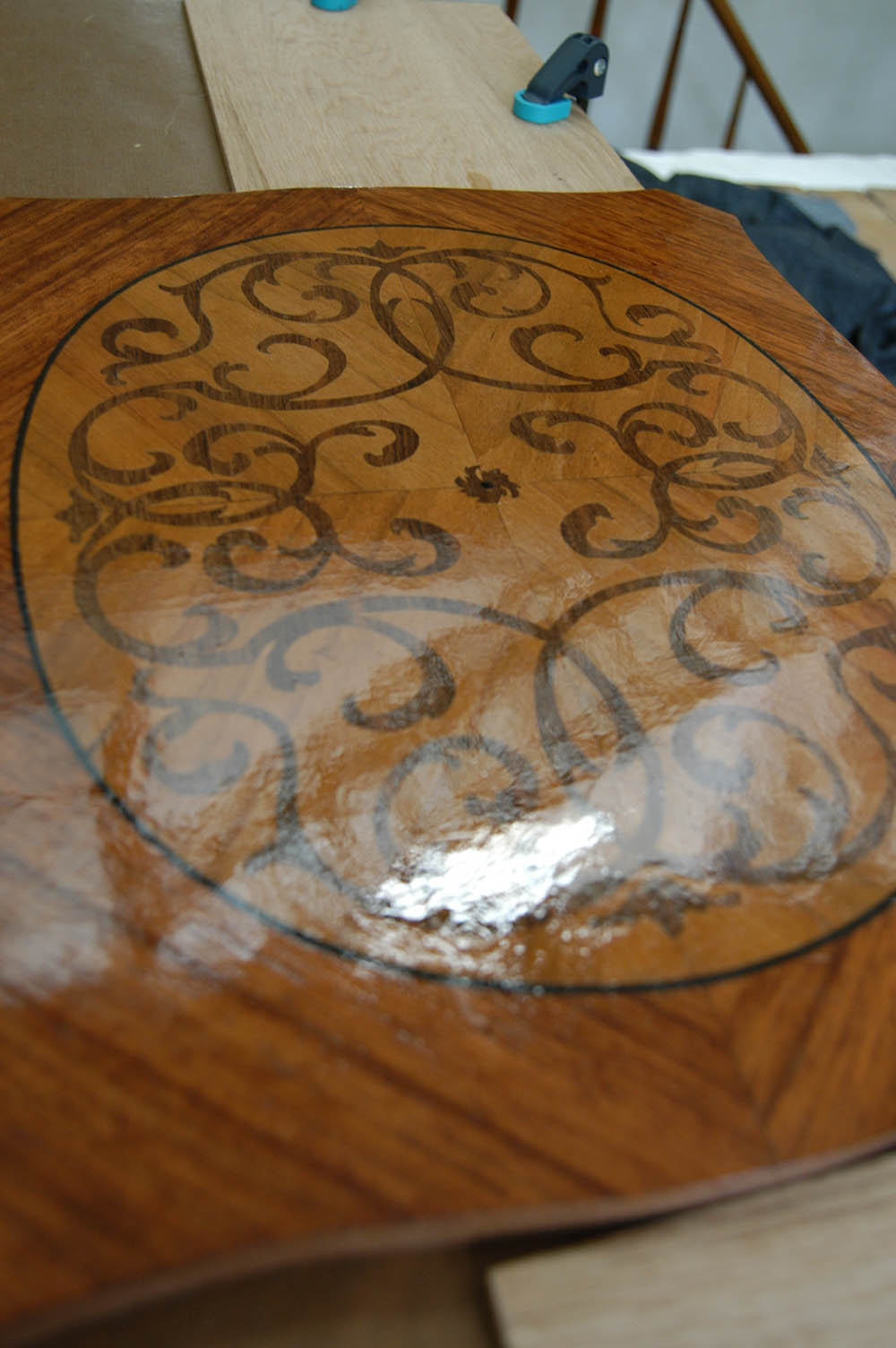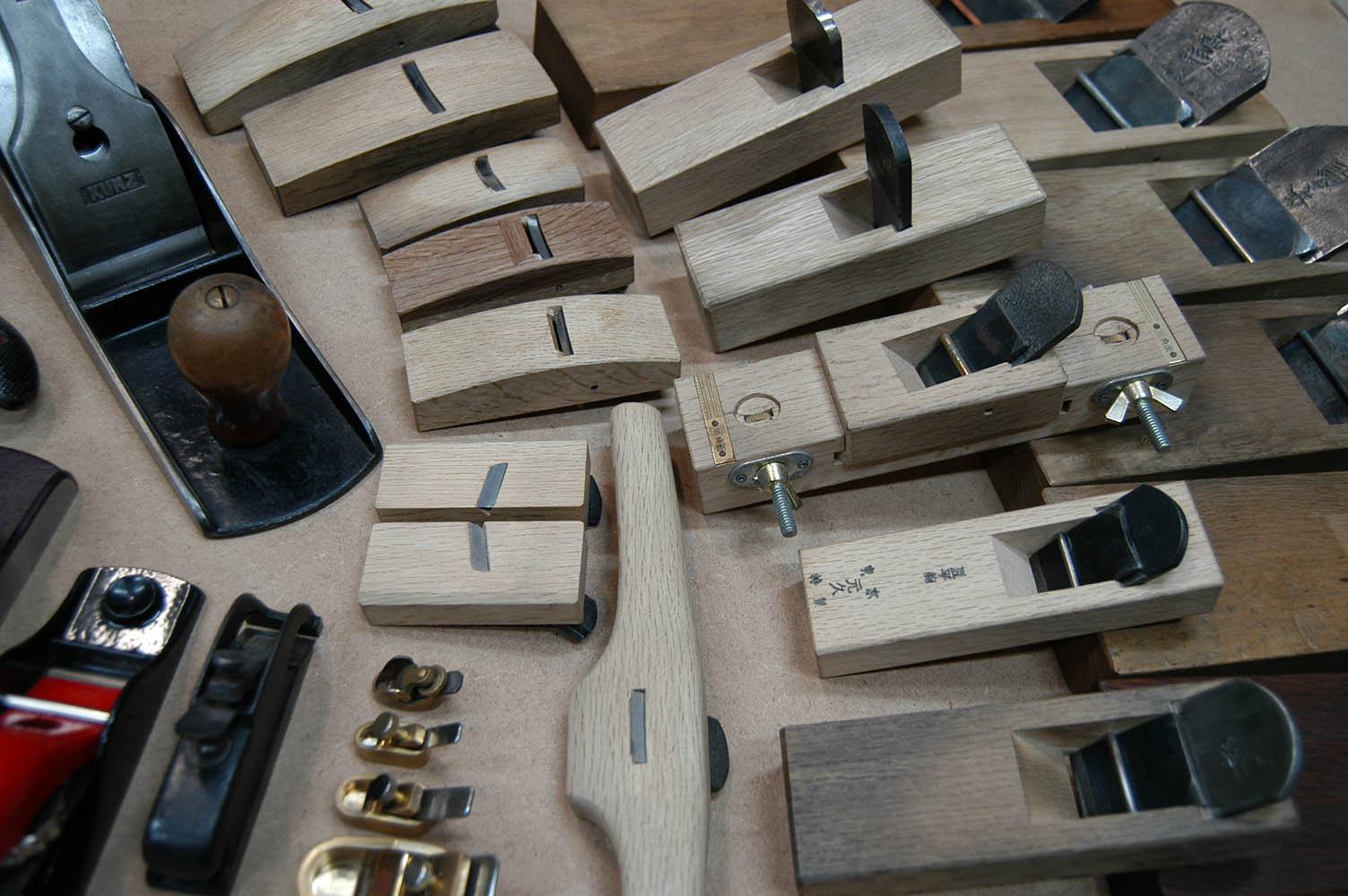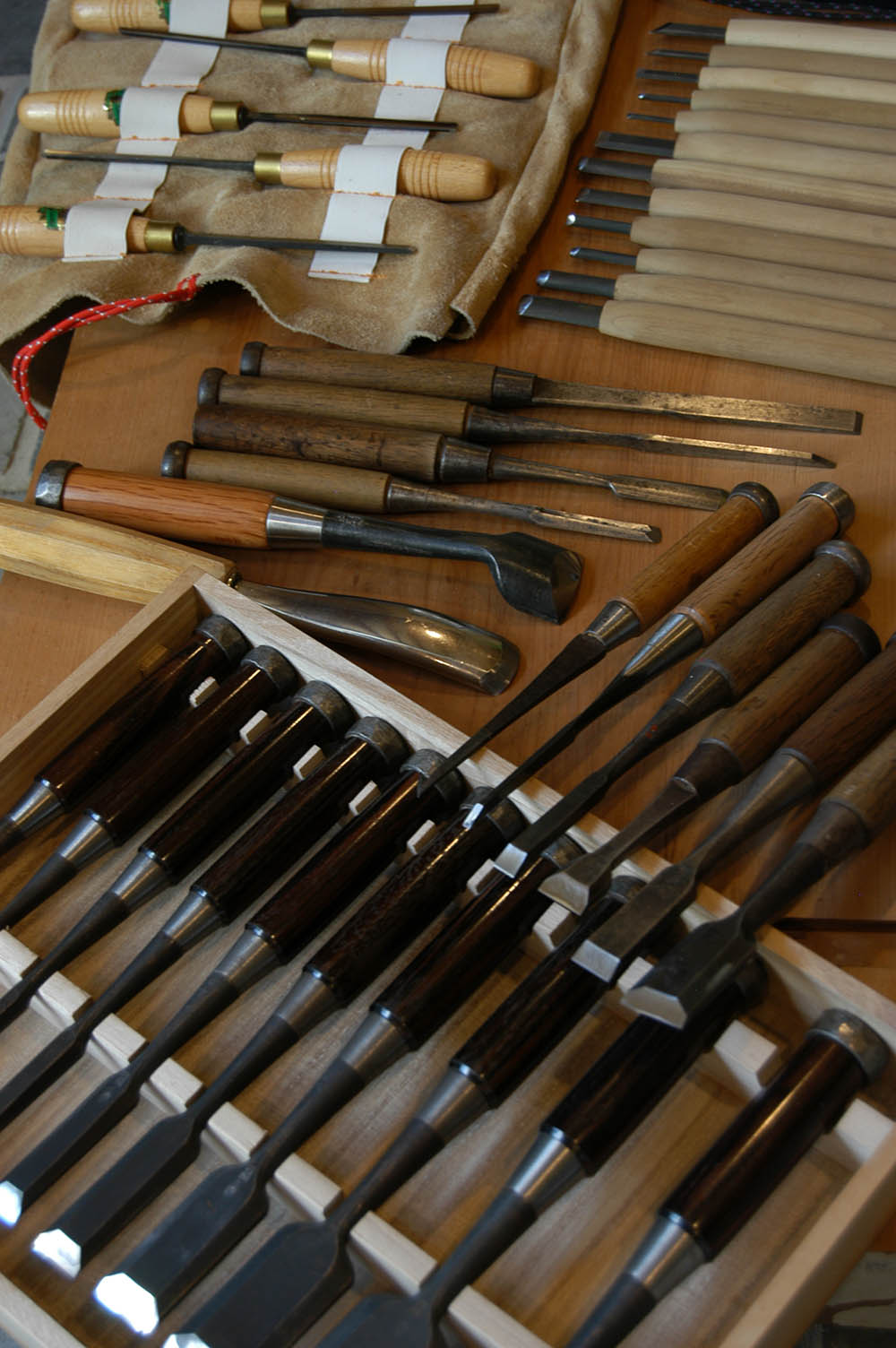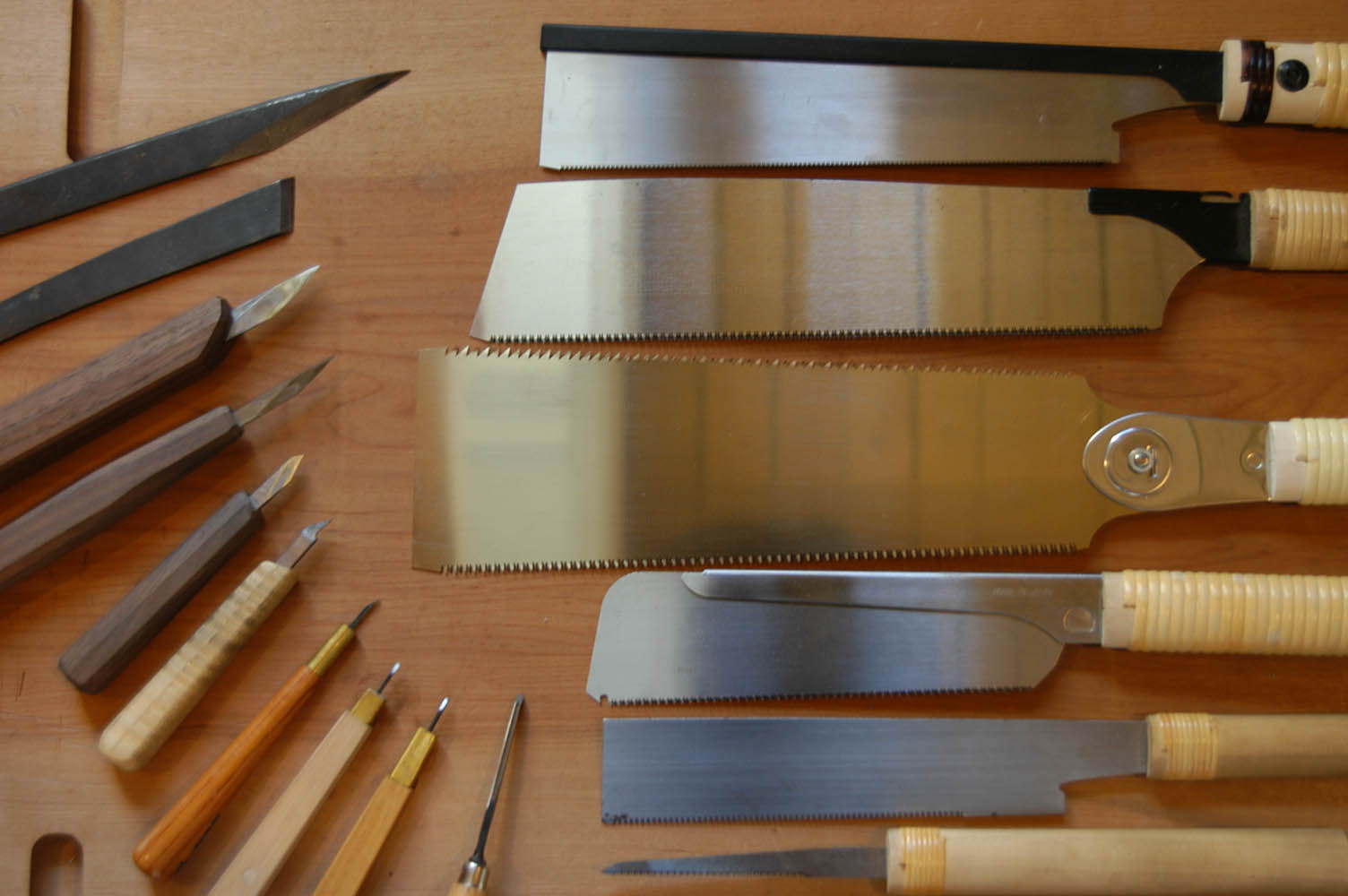
Since a long time I am deeply fascinated by antique folk crafts. This made me plunge into the world of woodworking. Woodworks become more beautiful in time, through daily use and gain more and more histories. We can feel their warmth. It is my wish as a restorer to be able to build the bridge for those woodworks to continue to the next generation.
When I repair or restore woodworks that carry people’s life and heart, I restore the original as much as possible with respect for their makers. I take into account that there is an ethical restoration method on the one hand and that there should be enough strength for daily use on the other hand.
I am proud of the traditional handwork I apply. Joinery, shaving, carving and finishing techniques are practiced by hand and hand tools. Well-kept tools become the extension of hands to make the most of the character and beauty of wood.
The final goal of woodworking is to create lifelong companions. They reflect the good works of a craftsman. By using eastern and western knowledge and techniques, I am trying to make objects that show my “good works”.
Kenta Takeshige
Restorer/Cabinetmaker/Lacquer Worker
- 1978
Born in Osaka, Japan
- 2001
Bachelor of Arts, Kansai University, Faculty of Literature
- 2003
Graduated from Nagano Agematsu Technical School, woodworking course
- I entered Technical School located in Kiso, one of the most renowned places for lacquerware in Japan. My aim to master woodworking was to be able to restore woodworks.
- 2003 - 04
Studied woodworking under master Tatsuya Furuse
- 2004 - 06
Employed by Japan International Cooperation Agency, dispatched to Botswana as a woodworker
- 2006 - 07
Royal Academy of Antwerp, Faculty of Conservation and Restoration
- 2008
Furniture restorer at Axel Vervoordt
- 2008 - 10
Participation in art project "SHÔ" by Treibgut
- 2010 - 13
Furniture restorer at Jean Christiaens
- 2013 - 15
Puurs Music Instrument Building Center, violin making course
- 2018
Guest Lecturer at École Nationale Supérieure des Arts Visuels de La Cambre, Faculty of Art Work Conservation, Restoration
- 2019
Established woodworking workshop Kenta Takeshige
- 2020
Participation in research project "RELATIONAL DESIGN" by Royal Academy of Ghent
- 2021
Guest Lecturer at Royal Academy of Antwerp, Conservation and Restoration, wood/furniture
- 2021
Established lacquer network Guild LacArt
- 2022
Studied Urushi lacquer work under Urushi artist Nagatoshi Onishi
- 2023
Studied at Kanazawa College of Art, Faculty of Crafts, Lacquer Art Dep. (exchange study program Kanazawa-Ghent)
- 2025
Master of Arts, Royal Academy of Ghent, Social Design
- I do not just like old things. I care about heritages and worry about old techniques: both are now disappearing rapidly instead of being conserved for future generations. This is the main reason why I am passionate about my work.




